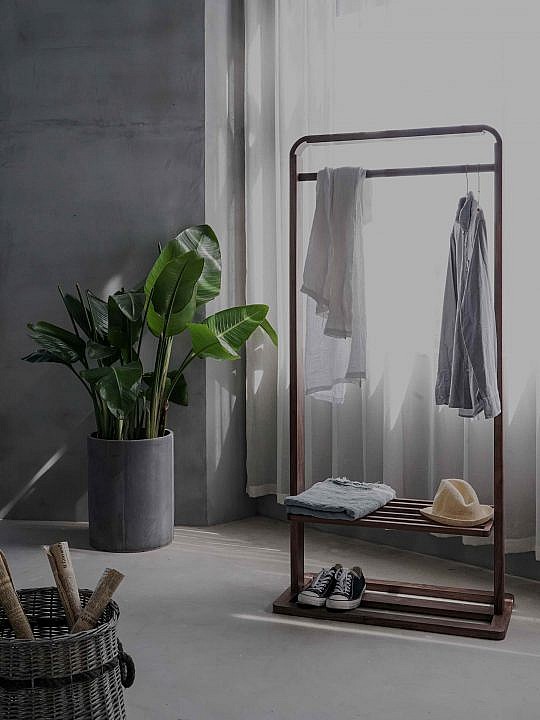There’s a sweet spot when it comes to the sustainability of materials. You need something that lasts a long time while you’re using it. And you need something that is biodegradable when you finally discard it.
And we don’t need to tell you what sits precisely in the middle of that sweet spot.
As far as sustainability is concerned, if often helps to look to the past and apply it to the future. We invented leather thousands of years ago. At least 5,500 years ago to be slightly more precise, as archaeologists have recently discovered.
A shoe found in a cave in Armenia was made from tanned leather from the hide of a cow. It was carbon dated to around 3,500BC. Ordinarily, of course, the shoe would have biodegraded to nothing. This one was saved by the miracle of sheep dung. Layers of the stuff protected the shoe from the elements, preserving it perfectly.
Coincidentally the cave where the shoe was found was also the site of the world’s oldest known winery, proving the ancient Armenians were a pretty sophisticated bunch, sipping wine and wearing leather.
You might not need your leather goods to last for thousands of years, but if they are correctly cared for and maintained, they can easily last for generations.
Leather’s naturally long lifespan can be prolonged by regular cleaning and polishing and leather equipment and clothing can also be repaired by craftspeople.
And if a leather piece should reach the end of its appeal, its durability allows new products to be made from it. Older products can also be refurbished to extend their lives.
While we never like to see leather thrown away rather than repurposed or recycled, it typically biodegrades in 25-50 years. That is 10 to 20 times faster than the up to 500 years taken by the synthetics touted as rivals to our favourite material.
So if you want your shoes to last 5,500 years, you’d better take the leather option. But don’t forget to bury them in sheep dung.








